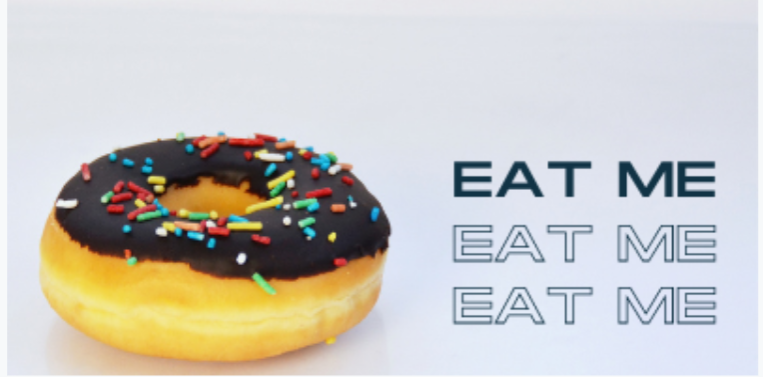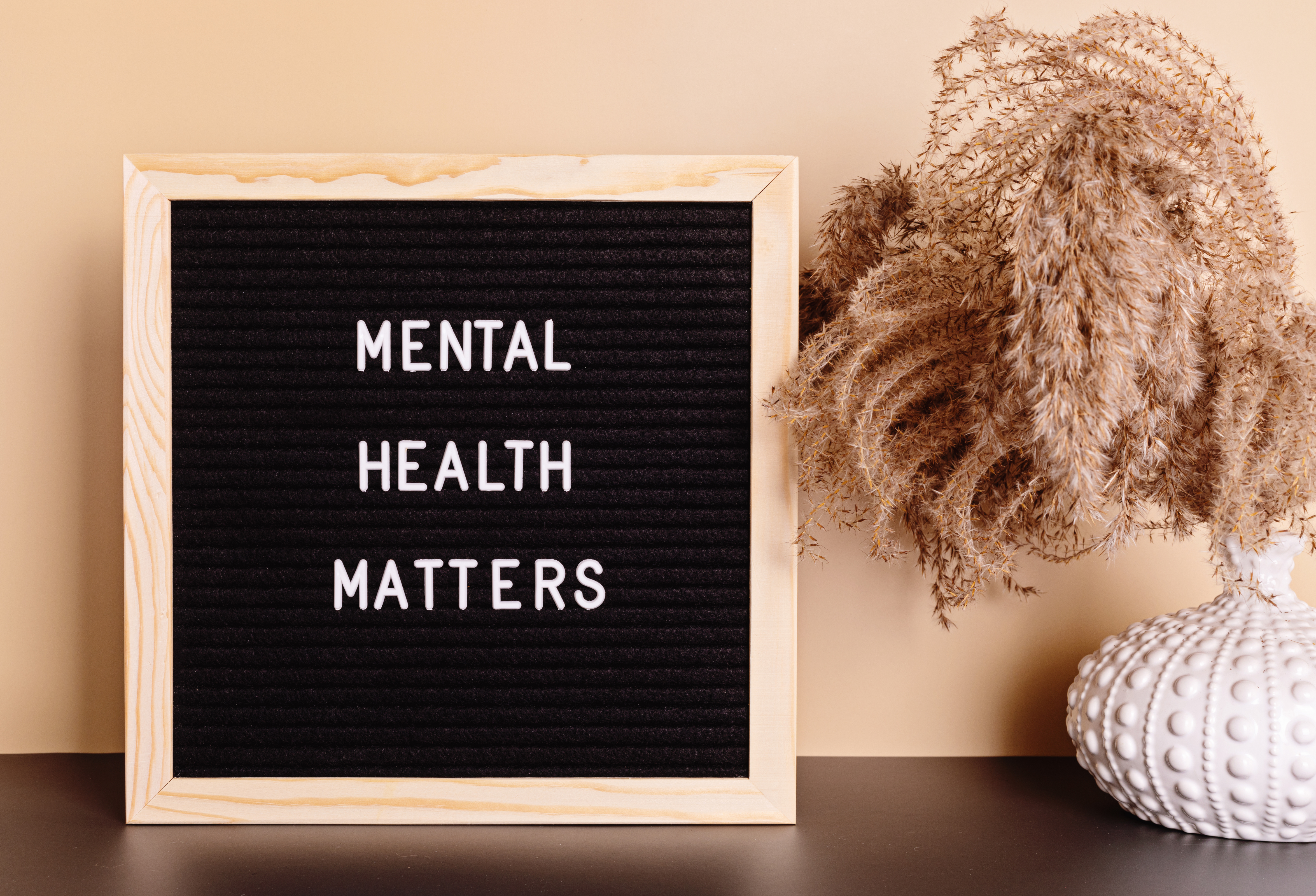Last night right before bedtime I mindlessly dove into not 1 but 2 mini snack bags (one popcorn, one Oreos – and I “never” eat Oreos), along with some watermelon and grapes. Can you say sugar overload? I wasn’t even hungry. Not only did I immediately feel bad physically – but I didn’t even enjoy them.
Do you ever stop before eating to check in with your body to see if you are actually hungry? Chances are if you practice some mindfulness around your eating, you would discover that often we reach for food out of boredom, loneliness, anxiety, sadness, or a feeling of being under stress and overwhelmed. This is referred to as “emotional eating.” Because we “feel” with our gut and with the rest of our body, it’s easy to confuse emotions or other physical sensations with hunger. I did last night!
Wanting to Eat vs. Needing to Eat
True hunger is general and non-specific. It can be an empty, growling stomach, lightheadedness, or irritability. Hunger comes and goes, often gradually. Cravings are VERY particular, usually for a certain kind of food. There are few signs of physical hunger, including a powerful urge that is sometimes felt in the back of the throat. A craving will come on suddenly and feels like an immediate compulsion.
Where Do Cravings Come from?
Our brains have to coordinate input from multiple sources: our body fat, gastrointestinal tract, sensory organs, and other body systems. Emotions or physical sensations can feel like hunger because our brains also have to deal with our emotions, our physical feelings, our beliefs, and our thoughts.
Feel-Good Neurotransmitters
Serotonin and dopamine are neurotransmitters. Serotonin makes us feel groovy and relaxed. It also tells us to stop eating. Dopamine, in contrast, is our “reward” neurotransmitter. It gives us a “high.” About 90% of our body’s serotonin is actually in our GI tract. When we eat, we release serotonin and dopamine.
Individuals who struggle with over eating are often just trying to boost their levels of serotonin and dopamine. Eating carbohydrates (particularly simple sugars and starches) can help release serotonin, which soothes and relaxes us.
Dopamine is released in response to the “reward” of good-tasting food. Dopamine is involved in addictions such as gambling, compulsive shopping, and alcoholism. Dopamine is the chemical that encourages us to seek the “hit” of a brief and intense thrill.
Self-Medicating with Food
Eating can be a kind of “self-medication” that helps calm us or boost our mood, and it’s a natural reaction. The movement of our jaw stimulates a nerve that helps release serotonin. Food manufacturers understand the neurobiology and psychology and know that we are more likely to crave sugary, creamy, fatty, and salty foods. Such foods can become our “drugs” of choice because (just like other drugs) they make us feel better, at least for the short term. Unlike genuine hunger, it’s hard to satisfy psychological hunger.
Tips to Help Deal with Cravings
- Understand that cravings are normal. They come and go.
- If the craving is minor, try ignoring it.
- If the craving is moderate, try distracting yourself.
- Keep a “craving diary.” Write the craving, when it happens, and what you are thinking. Over time, look for patterns. Once you identify the pattern, you can disrupt it.
- Substitute something that gives you the same feeling. For example, take a detox bath when you are craving warmth and comfort. Go for a walk in nature when you crave a distraction. Drink water or herbal tea when you just want something to do with your mouth.
Reduce Food Cravings with Smart Food Choices
The good news is we can reduce cravings with supportive, smart food choices. Whole foods nourish us but don’t give us the intense “hit” of processed foods. Serotonin and dopamine also depend on protein, fat, and micronutrient levels. If we eat plenty of protein and healthy fats along with a wide range of vitamins and minerals from whole foods, our brains and bodies will be happy. ☺




